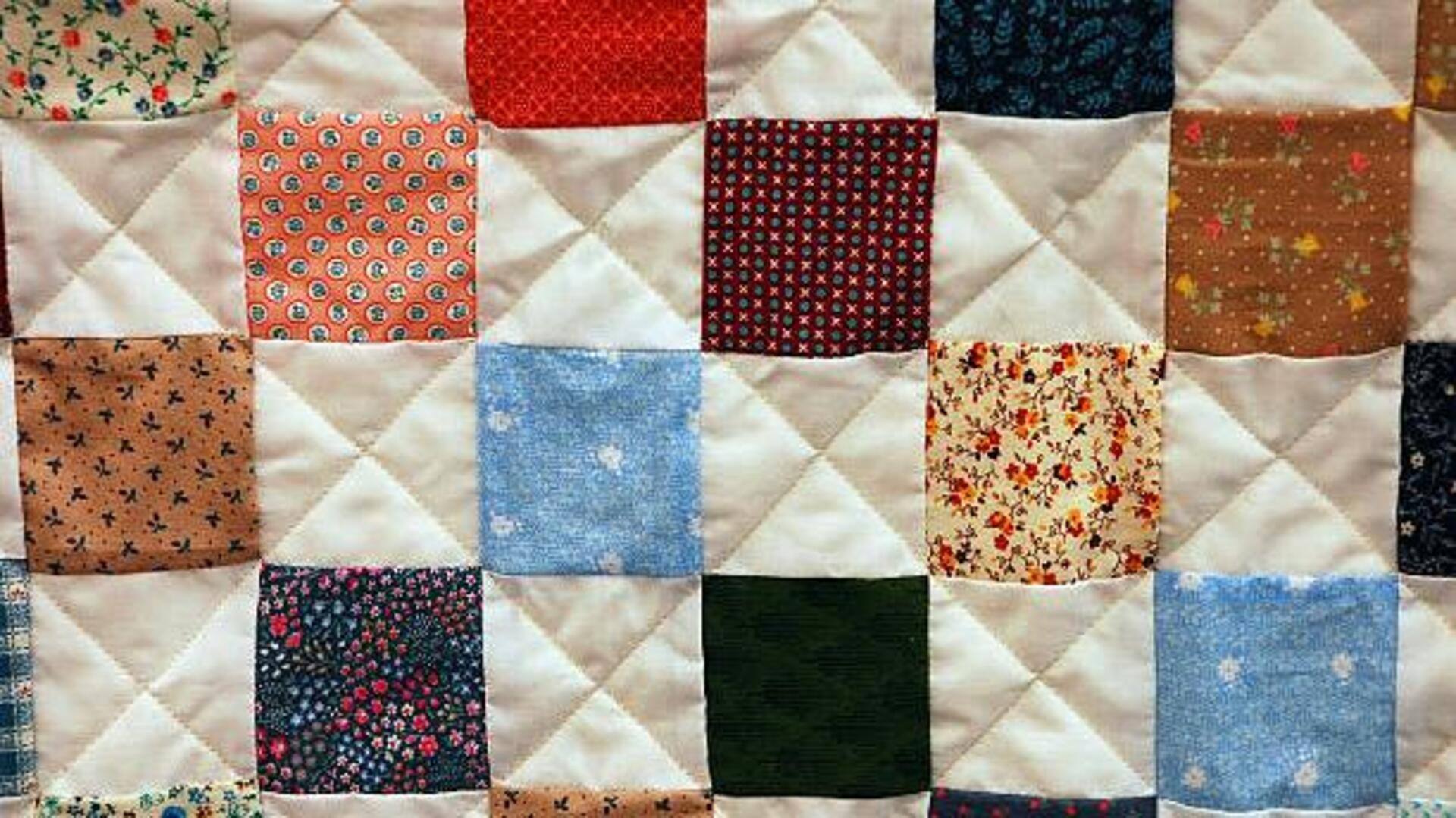Layered Lighting Approaches
Layered lighting is anticipated to be a major focus in home design by 2026, shifting away from reliance on single, harsh overhead lights. This approach
integrates several light sources, which are designed to work together to create a warm and inviting atmosphere while enabling customizability. For example, designers are predicting the increasing use of ambient lighting, which will include strategically placed lamps and sconces to soften the illumination. Task lighting, implemented in kitchens, home offices, and reading nooks, will have the purpose of focusing light where it's needed most, ensuring optimal functionality. Decorative lighting, encompassing chandeliers, pendants, and accent lights, will play an essential role in adding visual interest and personality. This layered technique allows homeowners to modify the lighting to suit various moods and functions, offering greater control over the home's ambience and energy efficiency.
Tone on Tone Colors
The trend toward tone-on-tone color schemes is also expected to be significantly adopted in homes in 2026. This technique uses a combination of different shades of the same color to create a cohesive and visually appealing aesthetic. The beauty of tone-on-tone design lies in its ability to promote feelings of serenity and sophistication. By working with subtle variations of a hue, designers can achieve a layered effect that adds depth and texture to a room without overwhelming the space. For example, a room could be painted in different shades of soft blues, using light blues for the walls and darker navy shades in upholstery or decor to emphasize the space. The incorporation of various textures, like velvet, linen, and wood, helps to increase the visual interest and prevent the design from looking flat. This approach to color allows for versatility, as it can be applied to both traditional and contemporary settings, making it a widely applicable design principle for diverse personal styles and preferences.
Interesting Neutrals Enhance
In 2026, designers are anticipating a shift towards neutral palettes, but with a twist: the emphasis is on neutrals that offer more dimension and personality. Instead of plain white or basic beige, homeowners will be incorporating shades such as warm grays, muted greens, and subtle variations of cream and off-white. These carefully selected neutrals create a calming backdrop that's easy to personalize with pops of color, textured accents, and decor. The interesting part of these neutrals is their ability to adapt to different lighting conditions, making them suitable for creating a comfortable and inviting atmosphere. The use of textured materials, like woven fabrics, natural stone, and rough-hewn wood, adds depth and complexity, preventing the room from looking too sterile or bland. Moreover, this approach is designed to provide longevity, as a neutral palette can easily be updated with new trends and accessories, making it a practical choice for any homeowner looking to keep their home feeling fresh and contemporary.
Dressers on Display
The dresser is set to make a comeback as a prominent feature in bedrooms and other living areas by 2026, moving beyond its traditional function as mere storage. Designers envision dressers playing a dual role: providing storage while also serving as a showcase for personal items and stylish decor. This trend encourages homeowners to view the dresser not only as a functional item but also as an opportunity to express their creativity and personal style. Dressers, with their surfaces becoming ideal platforms for displaying artworks, framed photographs, and decorative objects, bring an artistic element to the room. This integration not only personalizes the living space but also allows for easy and frequent changes, adding a sense of dynamic style that keeps the decor fresh and appealing. This trend toward Dressers on Display encourages a move from purely utilitarian storage to an integrated design element, inviting people to see their dressers as key components of their home's style narrative.
Creating a Cocoon
The desire for a 'cocooning' aesthetic will shape home design in 2026, prioritizing comfort and a sense of security within living spaces. This trend focuses on creating environments that envelop and protect, making the home a haven from the external world. Design features include soft, tactile materials, such as plush fabrics, thick rugs, and cozy throws, which invite relaxation and comfort. Rounded furniture pieces and gentle curves will be used, further softening the visual impact and enhancing the sense of security. Color palettes will lean towards soothing, warm tones, designed to promote relaxation and reduce stress. Ambient lighting is another crucial element. Strategically placed lamps and dimmable fixtures create a gentle, welcoming atmosphere. Cocooning designs aren't just about visual appeal; they focus on creating a sensory experience that makes the home a relaxing and comforting sanctuary.


